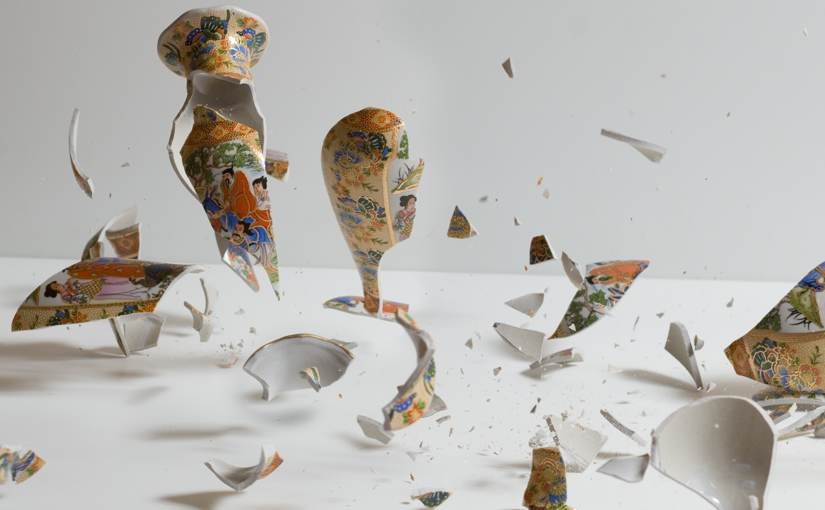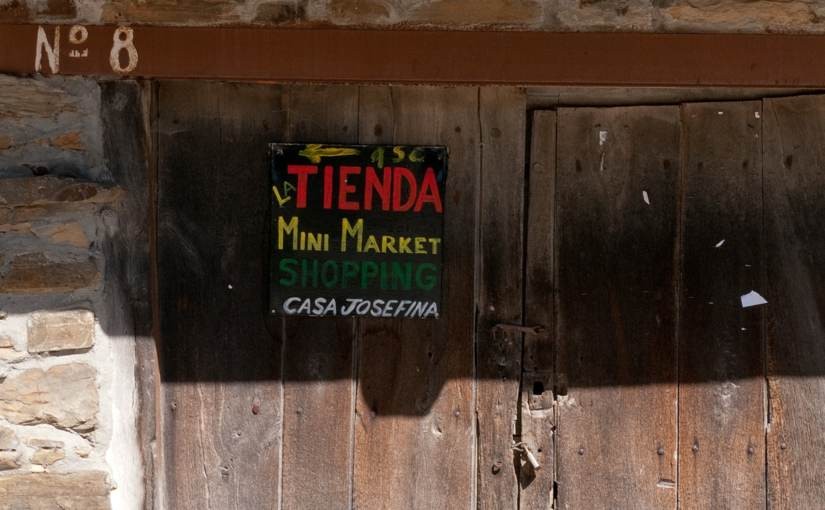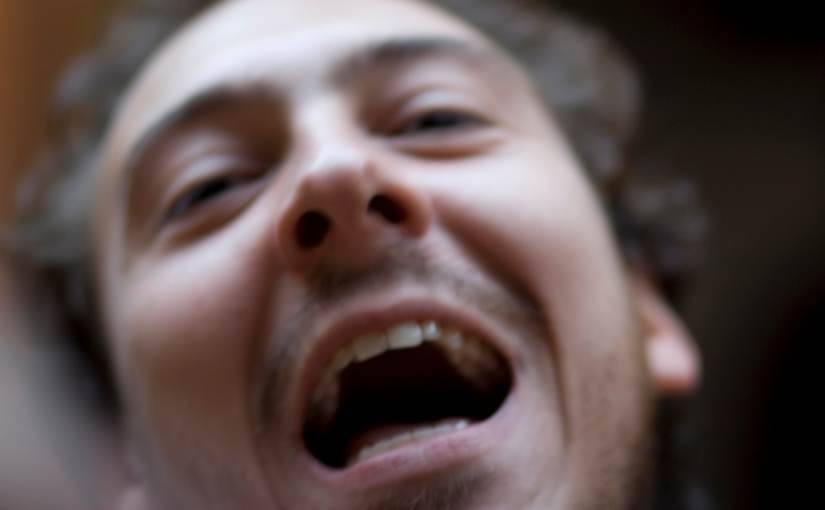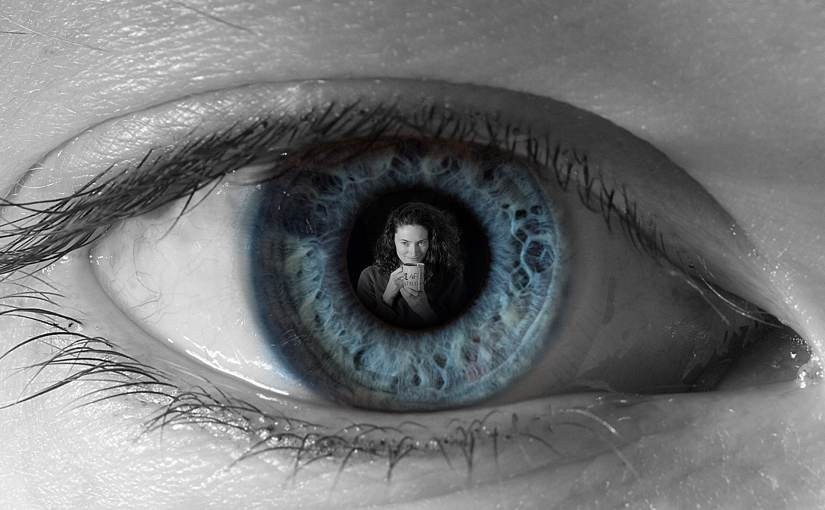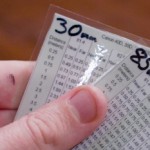I have a project to show y’all. I’ve been working on it in my spare time for the last half year, and while its not yet complete enough to be considered a product, the underlying technology is solid.
OGRE is a platform neutral technology for taking a data set on a server and creating real-time replicated slaves on clients. It’s fast. Very fast. It’s also highly extensible so it’s likely that OGRE can be adapted to fit your project, not vice versa.




